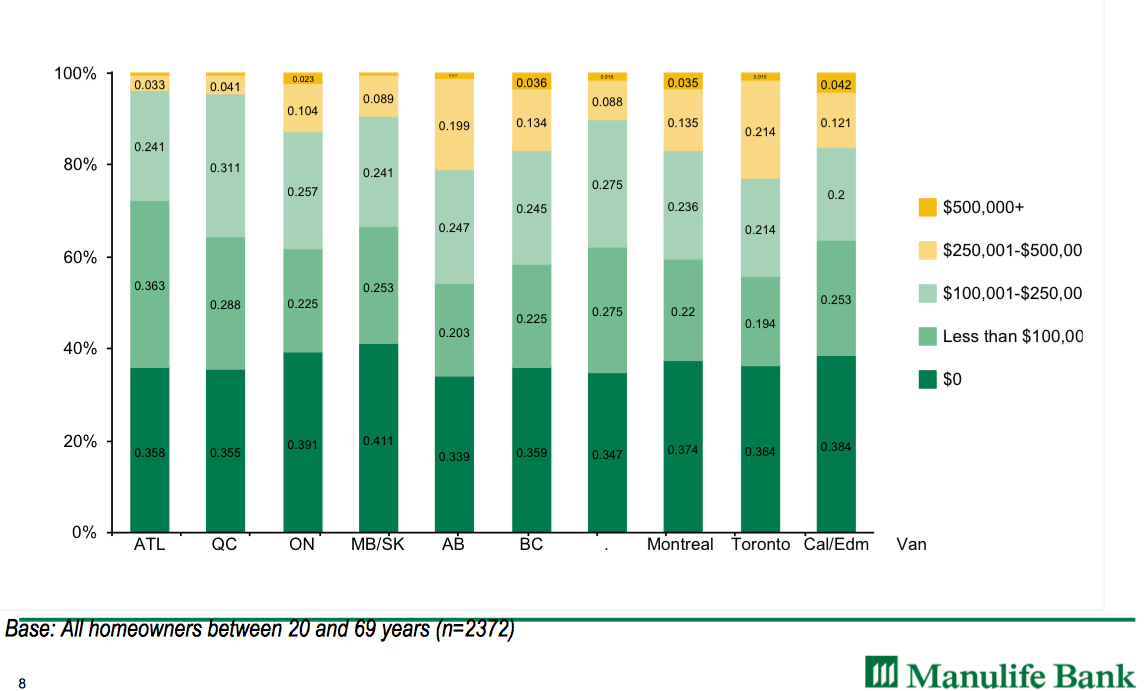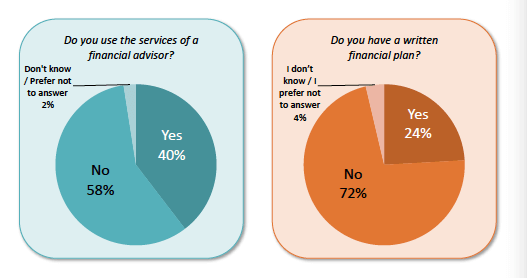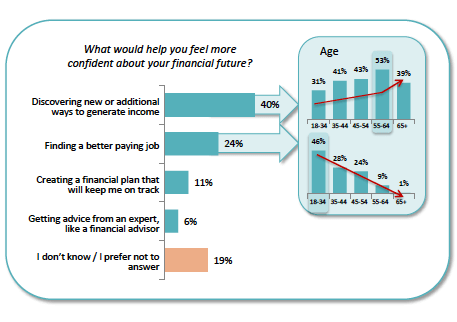Tame the debt monster
If we want to get out of our debt cycle we need to plan a way out of bad habits
Advertisement
If we want to get out of our debt cycle we need to plan a way out of bad habits



Share this article Share on Facebook Share on Twitter Share on Linkedin Share on Reddit Share on Email